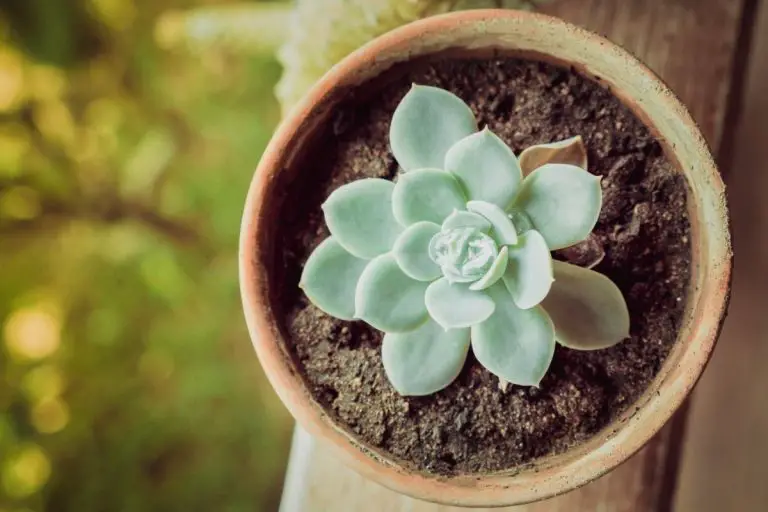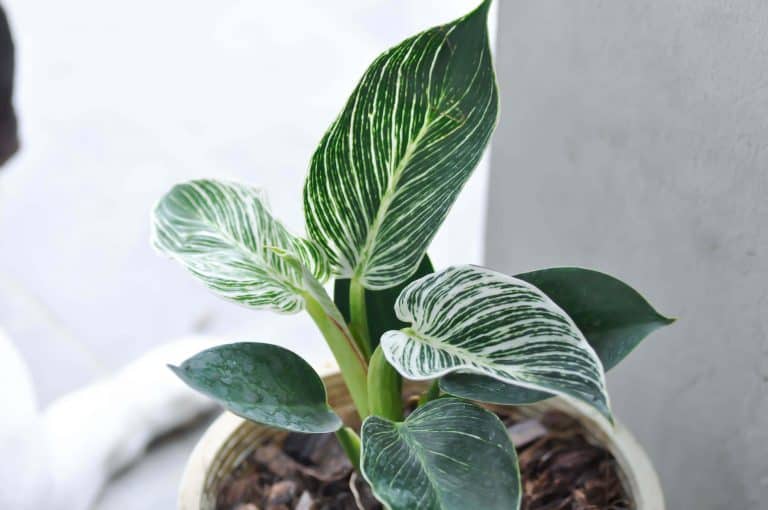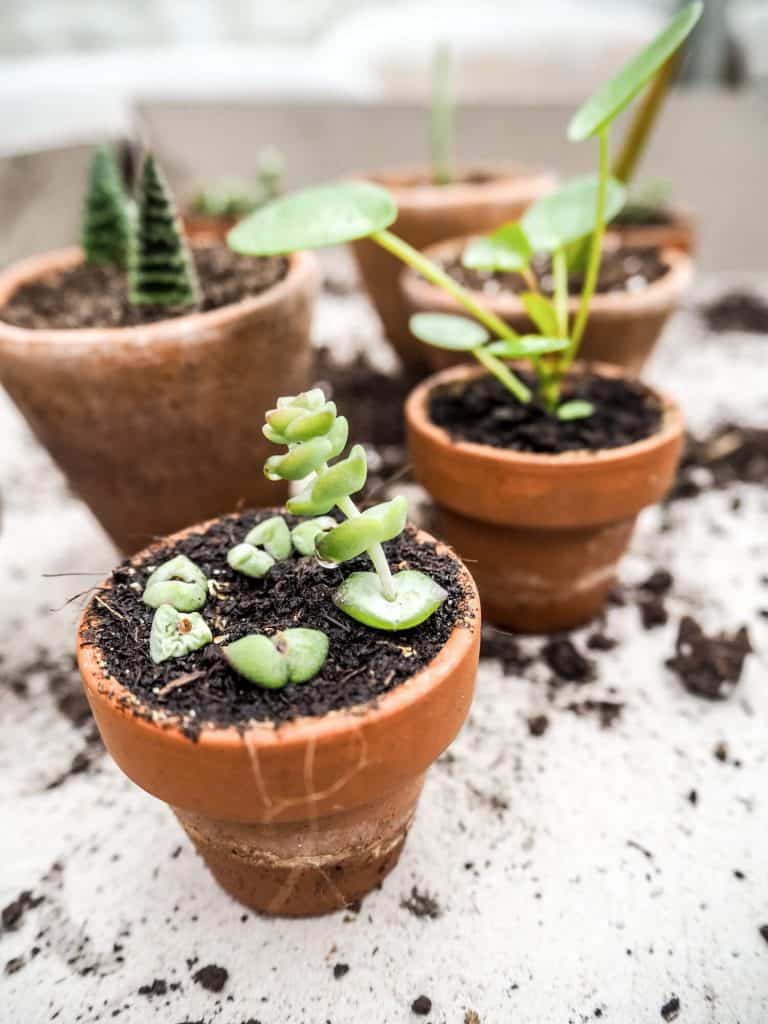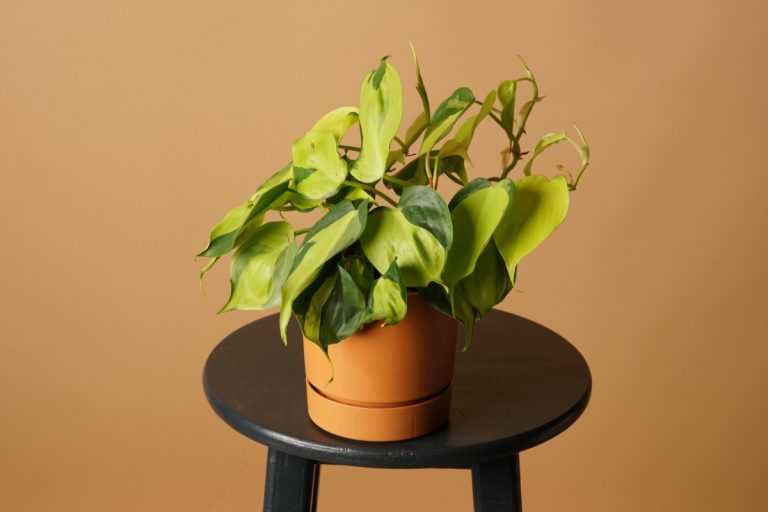How Often To Water Monstera: The Ultimate Guide Of 2022
Are you wondering how often to water a monstera plant, so you can keep it alive, hydrated and happy?
Monstera (or Monstera Deliciosa) plants are known for their awesome, swiss-cheese looking leaves.
In fact, they’re so well known for them, that the Monstera plant can also be known as the Swiss Cheese plant! The most important part of owning a Monstera plant is watering it, as underwatering or overwatering can be detrimental.
DISCLOSURE
Some of the links on here are affiliate links and I may earn if you click on them, AT NO EXTRA cost to you. Hope you find the information here useful! Thanks.
Related Articles:
- Monstera Siltepecana- The Ultimate Guide for Healthy Growth
- All You Need to Know About Propagating Monstera
- How Often To Water Ferns Outside [+Growing Tips!]
Place organic fertilizers once in a while to ensure your plant receives the right nutrients needed for optimal plant growth!

When Should I Water My Monstera Plant?
Typically, a Monstera will need to be watered once, every one to two weeks. It might be a good idea to water your Monstera plant in the morning, as Monstera plants are better at retaining water before it gets really hot and sunny, and this gives the water enough time to be processed by the plant before being evaporated.
The key to watering a Monstera plant is to wait until you can feel that the top inch or two of soil is dry.
For accurate and precise moisture reading, you can use a 3 in 1 pH, Moisture and sunlight meter!

You can do this by using your finger, but remember that because the top level of the soil is exposed to air, any surface moisture will have evaporated, so you should always check lower than this. If these top few layers of soil are dry, your Monstera is ready to be watered!
How Do I Water My Monstera Plant?
Now that you’ve checked that the top layers of soil are dry, you’re ready to water your plant! To water your plant, get your watering can, and make sure to pour the water very slowly, evenly distributing it amongst the soil.
Eventually, it should start to run out of the bottom of your plant pot – at this point, your Monstera plant is fully watered for another one to two weeks.
Should I Bottom Water My Monstera Plant?
Bottom watering is an alternative to traditional watering. Bottom watering encourages the roots of your plant to grow downwards, in search of water.
This is better for plants, as it makes sure that their roots don’t grow horizontally, which prevents them from receiving as many nutrients. Bottom watering also makes sure that the lower roots can get water, and helps you to avoid getting water on the leaves of the plant.
It is pretty unlikely that you will risk overwatering your Monstera plant by using this method. This is because, with traditional watering, you can flood the plant with water as all of the water is at the top, with nowhere to go but the soil.
With bottom watering, you water the plants from a dish at the bottom, meaning that the plant only absorbs as much water as it needs, largely reducing any risk of overwatering.
We’ll give you a quick step by step on bottom watering below:
- Check that the first inch or so of soil is dry before watering.
- Find a container to place your Monstera plant in – it will need to be big enough to fit your Monstera plant and pot in. This could even be a sink or something similar.
- Fill the bottom of the container with water (and plant food, if you wish), only a few inches.
- Place your Monstera plant into the water.
- Wait ten minutes, and then check on your Monstera plant. Test your plant with your finger to see if it has absorbed the water – if it has, the soil should be wet at the top. If the soil isn’t wet, wait another ten minutes before checking on your Monstera plant again.
- Once the soil is wet to the touch, you can drain your container. After the container is drained, place your Monstera plant back inside so that it can drain any excess water that it might have collected.
- After it has finished draining, you’re finished!
There are some cons to bottom watering, however. If you choose to only bottom-water your plant, the upper roots can dry out as the water might not reach them. As well as this, exclusively bottom watering can lead to a salt build-up in the soil. To avoid these problems, you will still need to traditionally top water your top once in a while, as this flushes out the soil and makes sure that those upper roots still get some water.
The choice to bottom water or topwater your Monstera is yours, as there are pros and cons to both.
Perhaps you’ll choose to do both, interchanging them every so often to make sure that they get everything you need, but that’s up to you. Ultimately, as long as you aren’t underwatering or overwatering your Monstera, you should be fine.
Is My Monstera Plant Underwatered Or Overwatered?
Monstera plants that are overwatered and underwatered can share a few of the same signs.
Use a plug-in self-watering spike to ensure your plants receive a constant water supply

The easiest way to tell if a Monstera plant has been underwatered is to check the soil – if the soil feels really dry and is starting to compact together, there’s a good chance that your Monstera plant has been underwatered.
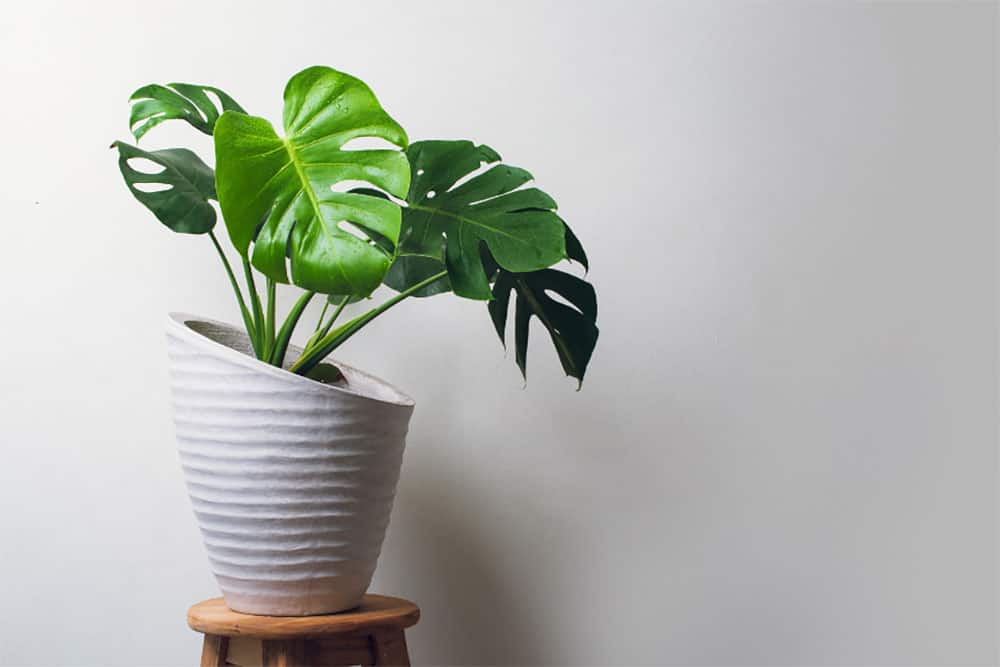
Drooping and curling leaves are another sign of a dehydrated Monstera plant. Curling leaves are also a sign that your Monstera plant is suffering from low humidity, so it might be worth checking that they aren’t too close to any vents or heating.
Yellowing leaves or leaves with light brown dry spots are often signs of an underwatered Monstera plant, however, if your Monstera plant appears to have dark brown spots in conjunction with yellowing leaves, be careful – this might mean that it has been overwatered.
An overwatered Monstera will often have brown spots on its leaves. If these brown spots have yellow rings around them, this is a sign that your plant is lacking in nutrients, which can be caused by overwatering.
Overwatering can also cause root rot and mould growing on the soil, so if there’s any strange, gunky-looking stuff in your Monstera plant pot, there’s a very good chance that your Monstera plant is overhydrated.
Overwatering a Monstera plant can also cause Edema, which is a term used to describe the little, watery balls that can appear on their leaves. Edema is a symptom of water retention and is caused when the plant is being given more water than the Monstera plant can take in.
Other Factors
Several other factors can affect when and how you should water your Monstera plant. We will briefly discuss them below.
Temperature And Humidity
Provided that your home has a general temperature between 60 and 72 Fahrenheit, you will be able to water your Monstera plant as often as once every two weeks.
However, if the environment that you are keeping your Monstera plant in is hotter than this, you may need to water slightly more frequently, as your Monstera plant is likely to lose water a lot faster.
Use a hydro thermometer for accurate readings to ensure your plant is getting the optimal growing conditions!

The same can apply to air-conditioned environments, as air conditioners can suck moisture from the environment, meaning that you may need to water your Monstera more often.
Light
Monstera plants are awesome, as they can survive in many different environments. Despite this, there are some things that you can provide your Monstera plant with to help it thrive!
Monstera plants really love bright, indirect light. Light can provide a heat source, and as a result, the placement of your Monstera plant in relation to any light sources can play a role in their hydration!

If you place your plant next to a south-facing window, the plant is likely to lose moisture a lot faster. However, if you place it facing any other direction, they won’t lose this moisture. This can help you to understand whether you should water your Monstera slightly more often or not.
Season
The season is a massive factor in your Monstera plant’s watering needs, as if they are dormant, as houseplants usually are in the winter months, they will need to be watered far less frequently than they would otherwise.
You should check on your Monstera plant’s soil regularly, but providing that the soil isn’t bone dry, it might be a good idea to water your Monstera plant once every three weeks in the winter, just until spring arrives again.
Likewise, if you live in a hot area, it might be a good idea to water your Monstera plant slightly more often in the summer months.
Final Thoughts
Now that we’ve covered all of the basics on how to water your Monstera plant, you have all of the information you need to make sure that your Monstera plant never gets over or underhydrated.
The biggest thing to remember here is to check the soil – your Monstera plant’s soil is the best indicator as to whether or not your plant needs watering.

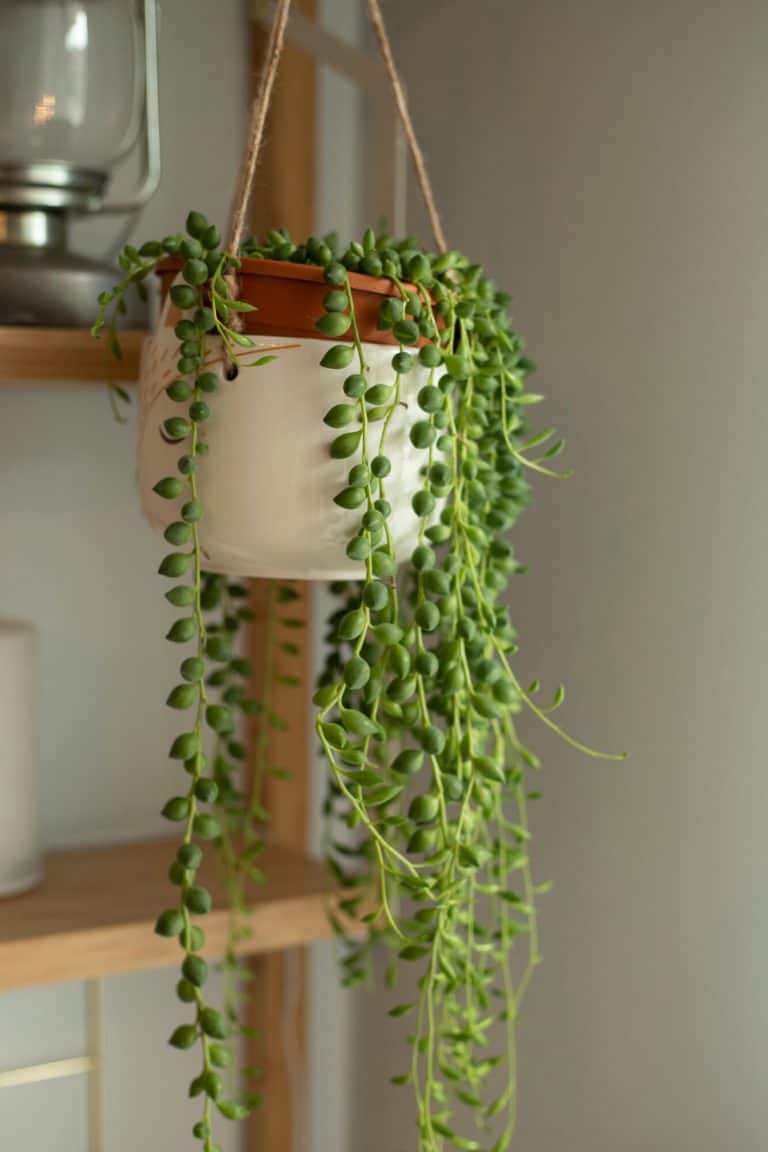
![Can You Grow Tomatoes In A Grow Tent? + Tips For Quick Growth [2022]](https://aboveandbeyondgardening.com/wp-content/uploads/2022/08/can-you-grow-tomatoes-in-a-grow-tent-9-768x512.jpg)
